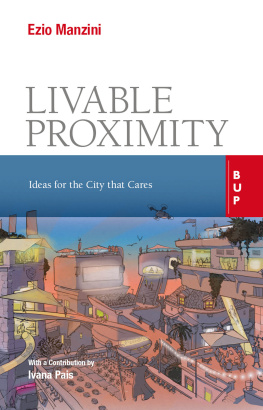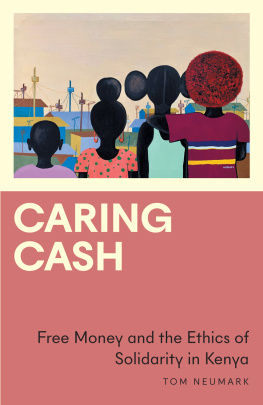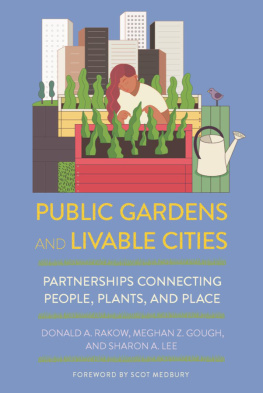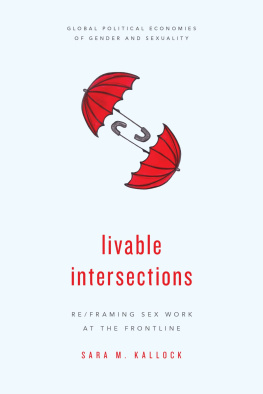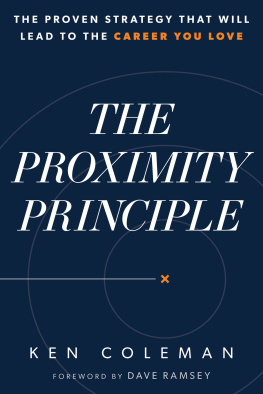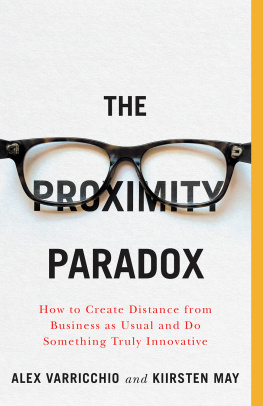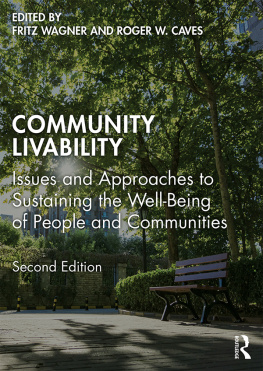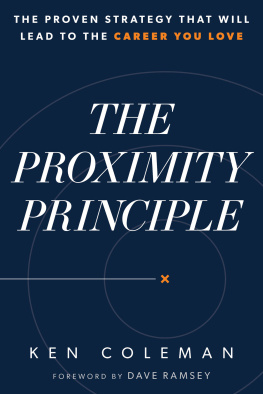Livable Proximity is a passionate and compelling call for a remaking of the city under a novel paradigm of relationality and care by one of the most accomplished design thinkers of our time.
ARTURO ESCOBAR
This book is a contribution to the social conversation on the city and its future. It focuses on an idea that has been in circulation for some time and that, in recent years, has received greater attention: that of a city in which everything that is needed for daily life is just a few minutes away by foot from where people live. In addition, it speaks of a city in which this functional proximity corresponds to a relational proximity, thanks to which people have more opportunities to encounter each other, support each other, care for each other and the environment, and collaborate to reach goals together. Ultimately, it is a city built starting from the life of the citizens and an idea of livable proximity in which they can find what they need to live, and to do so together with others. The underlying theme that this book poses is thus the following: can we construct the contemporary city starting from a new idea of proximity? The response given is yes, it can be done. The social innovations of the last 20 years in fact indicate where to start. Many cities in the world, including Paris, Barcelona, and Milan have made a commitment and are taking steps in this direction, offering concrete examples of what this city of proximity could be: a city in which social innovation, care, common goods, communities of place, and enabling digital platforms become the keywords of a new and widespread social capacity to design.
Ezio Manzini
is a leading thinker in design for sustainability and the founder of DESIS, an international network on design for social innovation and sustainability. Currently, he is Honorary Professor at Politecnico di Milano. He has taught at several international schools, such as Elisava (Barcelona), University of the Arts (London), Parsons (NYC), Tongji University (Shanghai). His most recent books include Design, When Everybody Designs. An Introduction to Design for Social Innovation (2015) and Politics of the Everyday (2018).
Illustration by: Matteo Manzini,
aWolff Studios, London-Milano

Ezio Manzini
LIVABLE PROXIMITY
Ideas for the City that Cares
With a Contribution by
Ivana Pais
Translation: Andrew Spannaus and Anne Kendall for Language Solutions for Business - London
Cover: Cristina Bernasconi, Milan
Typesetting: Laura Panigara, Cesano Boscone (MI)
Copyright 2022 Bocconi University Press
EGEA S.p.A.
EGEA S.p.A.
Via Salasco, 5 - 20136 Milano
Tel. 02/5836.5751 Fax 02/5836.5753
egea.edizioni@unibocconi.it www.egeaeditore.it
All rights reserved, including but not limited to translation, total or partial adaptation, reproduction, and communication to the public by any means on any media (including microfilms, films, photocopies, electronic or digital media), as well as electronic information storage and retrieval systems. For more information or permission to use material from this text, see the website www.egeaeditore.it
Given the characteristics of Internet, the publisher is not responsible for any changes of address and contents of the websites mentioned.
First edition: February 2022
ISBN Domestic Edition ISBN International Edition ISBN Digital Domestic Edition ISBN Digital International Edition | 978-88-99902-87-2 978-88-31322-38-6 978-88-238-8381-9 978-88-31322-56-0 |
Livable Proximity is a passionate and compelling call for a remaking of the city under a novel paradigm of relationality and care by one of the most accomplished design thinkers of our time. Manzini lucidly demonstrates why a novel practice of urban dwelling based on proximity is not only desirable and possible but essential for a functional, place-based, and Earth-wise human sociality. In Manzinis skillful hands, proximity emerges as a trope for a complex spatial, social, and cultural imagination of the city that challenges head on the increasingly individualizing and isolating tendencies of post-pandemic living. While anchored in enlightening analyses of Barcelona, Milano, and Paris, Manzinis visionary architecture of proximity should serve as a guide for urban professionals and citizens worldwide wishing to counter the de-localizing and de-communalizing effects of the modernist city of distance. This eminently readable book will be of great value to urban planners and designers and to geography, anthropology, and urban ecology scholars, as well as to the growing cadre of citizens groups concerned with urban futures.
Arturo Escobar, Professor of Anthropology Emeritus, University of North Carolina, Chapel Hill; author of Designs for the Pluriverse: Radical Interdependence, Autonomy, and the Making of Worlds
Proximity only makes sense if it serves to share within the community. The new urbanism must learn from social innovation to design affective, effective and healing neighborhoods. Once again, Manzini opens our eyes to real possibilities for positive change in society through innovative and humanistic design. A must read for urban planners and mayors.
Juli Capella, architect and designer; former President of FAD (Promotion of Architecture and Design); member of Advisory Council of Superilla for Barcelona City Council
With deep reflection and insightful wisdom Ezio Manzini draws us into Livable Proximity. This book is an excellent perspective on how to think about places and communities that care, I commend it to everyone who does indeed care about cities.
Rachel Cooper, PhD OBE, Distinguished Professor of Design Policy, Lancaster University
Covid-19 is still raging around the world. It will have a decisive impact on the future way of life of all humankind. Among the many important challenges and opportunities accompanying these changes is the re-discovery of the lost intrinsic value of residential community. Livable Proximity the new book by Professor Ezio Manzini explores the potential methods and possible scenarios for reviving and further developing the legacy of the precious proximity of urban life, given this new era characterized by digitization and sustainable development. This is also the latest and most concrete version of the SLOC (Small, Local, Open, and Connected) paradigm that Professor Manzini has advocated for many years.
Yongqi Lou, Vice President & Dean of the College of Design and Innovation, Tongji University
Trying to determine the direction of design while observing human society from the perspective written in this book I can feel a tactile nostalgic future.
Fumikazu Masuda, designer; founder of open house inc.
Manzini redefines proximity for the digital age, revealing a delightful, creative, sociable way of living. New, yet familiar, merging tradition with technology. Feasible. Already in place in cities large and small across the world yielding communities where attention is focused upon social dimensions of interaction, not upon technology. A powerful, important way to live sustainably in the 21st century.

